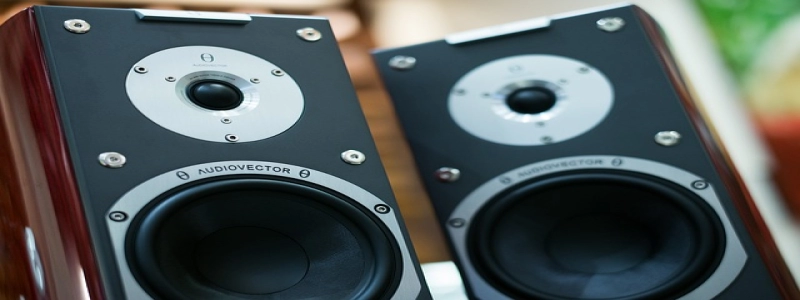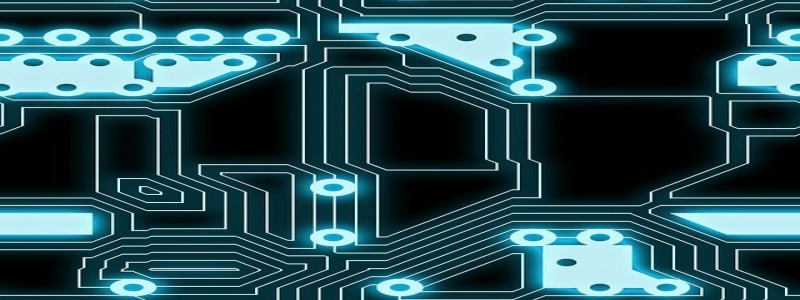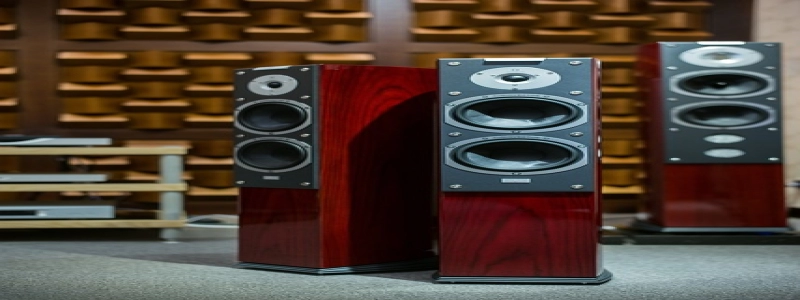RJ45 Ethernet Cable
Introduction:
RJ45 Ethernet cable is a widely used networking cable that connects computers, routers, switches, and other network devices. It plays a crucial role in establishing a secure and high-speed network connection. In this article, we will delve into the various aspects of RJ45 Ethernet cables, including its structure, types, and benefits.
I. Structure of RJ45 Ethernet Cable:
1. Connectors:
* RJ45 connectors are used at both ends of the cable to establish a reliable connection. These connectors have eight pins that are aligned in a specific order, allowing the cable to transmit data accurately.
* The connectors are usually made of plastic and have a locking tab that ensures a firm connection.
2. Cable Types:
* Unshielded Twisted Pair (UTP) cable:
– UTP cable is the most common type of RJ45 Ethernet cable. It consists of four pairs of twisted copper wires that prevent interference from affecting network performance.
– UTP cables are suitable for most residential and small office networks as they provide adequate performance at a cost-effective price.
* Shielded Twisted Pair (STP) cable:
– STP cable is similar to UTP cable but includes an additional layer of shielding made of metal foil or braid. This shielding helps protect the cable from electromagnetic interference, ensuring better performance in areas with high interference.
– STP cables are commonly used in industrial and commercial environments where interference is more prevalent.
* Cat5e, Cat6, and Cat6a cables:
– These are different categories of RJ45 Ethernet cables, each offering different speeds and capabilities.
– Cat5e cables support speeds up to 1000Mbps (1Gbps) and are suitable for most home and small office networks.
– Cat6 cables support speeds up to 10Gbps and are ideal for demanding applications that require high bandwidth, such as video streaming or online gaming.
– Cat6a cables support speeds up to 10Gbps over longer distances compared to Cat6 cables. They are commonly used in professional settings where reliability and performance are crucial.
II. Benefits of RJ45 Ethernet Cable:
1. High-Speed Connectivity:
– RJ45 Ethernet cables provide high-speed connectivity, allowing for faster data transfer and reduced latency compared to wireless connections.
– This high-speed connectivity is essential for activities that require a stable and reliable network connection, such as online gaming or video conferencing.
2. Reliability:
– Ethernet cables offer a reliable connection that is not affected by environmental factors like interference or signal loss.
– Unlike wireless connections, Ethernet cables are not susceptible to interruptions caused by neighboring networks or physical obstructions.
3. Security:
– Wired connections using RJ45 Ethernet cables offer greater security compared to wireless connections.
– While wireless networks can be prone to unauthorized access, Ethernet cables require a physical connection, making it more difficult for hackers to gain access to the network.
Conclusion:
RJ45 Ethernet cable is an essential component in establishing a secure and high-speed network connection. With its various types and benefits, it remains the preferred choice for reliable network connectivity in both residential and professional environments. Whether for browsing the web, streaming media, or remote work, RJ45 Ethernet cables continue to play a vital role in ensuring a seamless networking experience.





